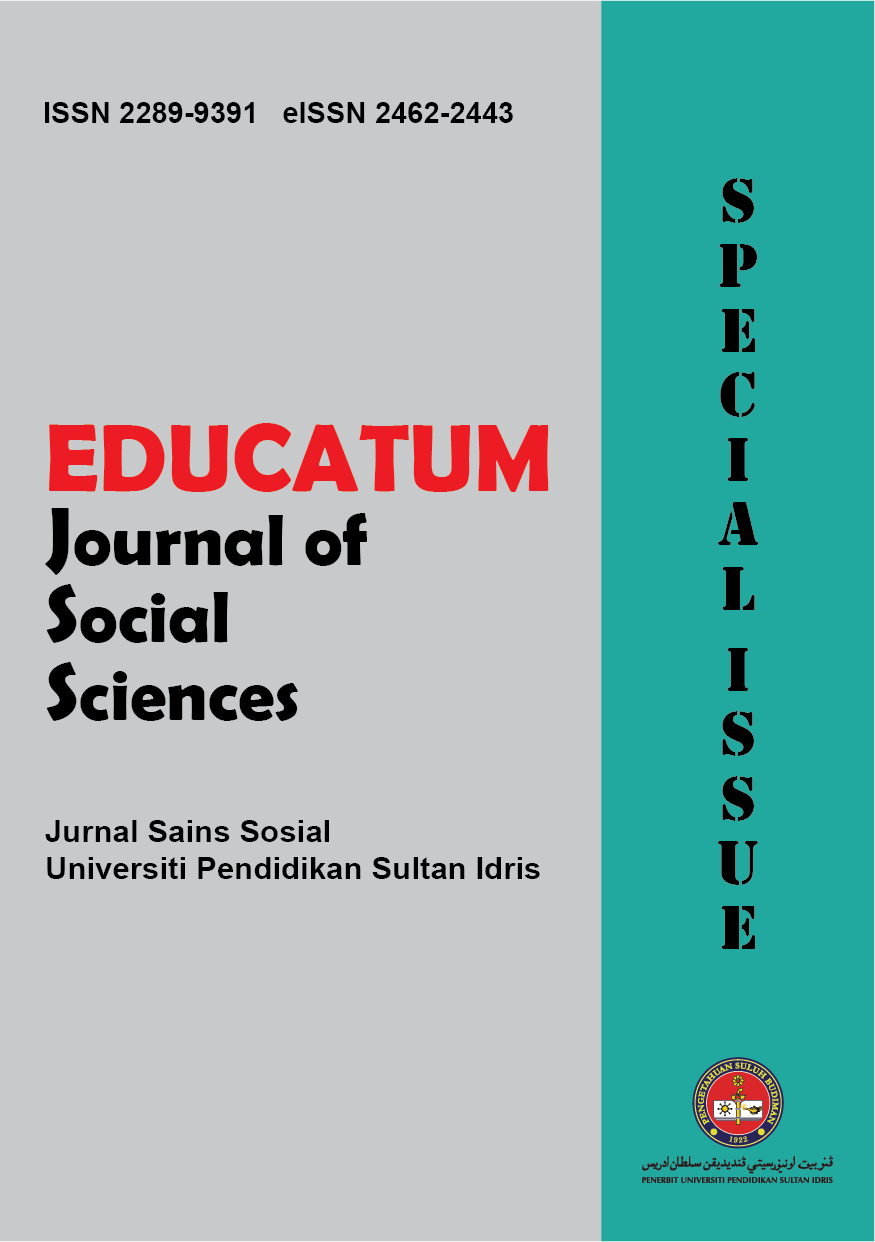Mental Health and Gender Comparison in Compulsive and Non-Compulsive Internet Pornography Use among University Students in Malaysia
DOI:
https://doi.org/10.37134/ejoss.vol11.sp.11.2025Keywords:
mental health status, internet pornography use, gender differencesAbstract
This research aimed to compare mental health status and gender differences between compulsive and non-compulsive internet pornography users, as well as to examine gender disparities in internet pornography consumption among Malaysian university students. Using a quantitative cross-sectional survey design, data were collected via an online questionnaire, which included demographic information, the Depression Anxiety and Stress Scale-21, and the Problematic Pornography Consumption Scale-18. A total of 102 participants (25 males, 77 females) were recruited through snowball sampling, with 12% showing compulsive pornography consumption. Results indicated no significant differences in depression, anxiety, or stress levels between compulsive and non-compulsive users. However, a notable difference in internet pornography use was observed between male and female participants (p < 0.05). In conclusion, while gender differences were evident in pornography use, there were no significant gender-based differences in mental health status, nor were there mental health disparities between compulsive and non-compulsive users among university students in Malaysia.
Downloads
References
Beck, A. T. (1961). An inventory for measuring depression. Archives of General Psychiatry, 4(1), 561–571.
Beck, A. T., & Steer, R. A. (1993). Beck Anxiety Inventory Manual. Harcourt Brace.
Beck, A. T., Epstein, N., & Harrison, R. (1983). Cognitions, attitudes, and personality dimensions in depression. British Journal of Cognitive Psychotherapy.
Binnie, J., & Reavey, P. (2019). Problematic pornography use: Narrative review and a preliminary model. Sexual and Relationship Therapy, 35(2), 137–161. https://doi.org/10.1080/14681994.2019.1694142
Bőthe, B., Tóth-Király, I., Potenza, M. N., Orosz, G., & Demetrovics, Z. (2020). High-frequency pornography use may not always be problematic. The Journal of Sexual Medicine, 17(4), 793–811. https://doi.org/10.1016/j.jsxm.2020.01.007
Camilleri, C., Perry, J. T., & Sammut, S. (2021). Compulsive internet pornography use and mental health: A cross-sectional study in a sample of university students in the United States. Frontiers in Psychology, 11. https://doi.org/10.3389/fpsyg.2020.613244
Creswell, J. W., & Creswell, J. D. (2018). Research Design: Qualitative, Quantitative, and Mixed Methods Approaches. Sage.
Dai, H., Zhang, S. X., Looi, K. H., Su, R., & Li, J. (2020). Perception of health conditions and test availability as predictors of adults’ mental health during the COVID-19 pandemic: A survey study of adults in Malaysia. International Journal of Environmental Research and Public Health, 17(15), 5498. https://doi.org/10.3390/ijerph17155498
Evans, J., & Frankish, K. (2009). In Two Minds: Dual Processes and Beyond. Oxford Academic. https://doi.org/10.1093/acprof:oso/9780199230167.001.0001
Fletcher, J. (2022, April 5). Hypersexuality: Definition, causes, treatment, and more. Medical News Today. Retrieved November 2022, from https://www.medicalnewstoday.com/articles/hypersexuality
Grant, J. E., & Potenza, M. N. (2012). In The Oxford Handbook of Impulse Control Disorders. Oxford University Press.
Griffiths, M. (2005). A ‘components’ model of addiction within a biopsychosocial framework. Journal of Substance Use, 10(4), 191–197. https://doi.org/10.1080/14659890500114359
Hald, G. M., & Mulya, T. W. (2013). Pornography consumption and non-marital sexual behavior in a sample of young Indonesian university students. Culture, Health & Sexuality, 15(8), 981–996. https://doi.org/10.1080/13691058.2013.802013
Hollon, S. D., & Beck, A. T. (1994). Cognitive and cognitive-behavioral therapies. In A. E. Bergin & S. L. Garfield (Eds.), Handbook of Psychotherapy and Behavior Change (pp. 428–466). Wiley.
Johnson, T. P. (2014). Snowball sampling: Introduction. Wiley StatsRef: Statistics Reference Online.
Kamarunzaman, N. Z., Shanthi, A., Md Nen, Z., Zulkifli, N., & Shamsuri, N. I. (2020). Mental health issues among university students and educators' readiness to detect and help. International Journal of Academic Research in Business and Social Sciences, 10(9). https://doi.org/10.6007/ijarbss/v10-i9/7738
Kumar, P., Patel, V. K., Bhatt, R. B., Vasavada, D. A., Sangma, R. D., & Tiwari, D. S. (2021). Prevalence of problematic pornography use and attitude toward pornography among undergraduate medical students. Journal of Psychosexual Health, 3(1), 29–36. https://doi.org/10.1177/2631831821989677
Lazarus, R. S., & Folkman, S. (1984). Stress, Appraisal, and Coping. Springer.
Lovibond, S. H., & Lovibond, P. F. (1995). Manual for the Depression Anxiety Stress Scales (2nd ed.). Psychology Foundation.
Marpuah, S. (2021). The implications of modern technology (gadget) for students' learning development in university. Turkish Journal of Computer and Mathematics Education, 12(2), 588–593. https://doi.org/10.17762/turcomat.v12i2.912
Pappa, S., Barmparessou, Z., Athanasiou, N., Sakka, E., Eleftheriou, K., Patrinos, S., Sakkas, N., Pappas, A., Kalomenidis, I., & Katsaounou, P. (2022). Depression, insomnia, and post-traumatic stress disorder in COVID-19 survivors: Role of gender and impact on quality of life. Journal of Personalized Medicine, 12(3), 486. https://doi.org/10.3390/jpm12030486
Perry, S. L. (2018). Pornography use and depressive symptoms: Examining the role of moral incongruence. Society and Mental Health, 8(3), 195–213. https://doi.org/10.1177/2156869317728373
Schneider, W., & Shiffrin, R. M. (1977). Controlled and automatic human information processing: I. Detection, search, and attention. Psychological Review, 84(1), 1–66.
Suma, P. C., Huecker, M. R., & Daniel, P. K. (2022). Cognitive behavior therapy. NCBI Bookshelf. https://doi.org/10.17220
Downloads
Published
Issue
Section
License
Copyright (c) 2025 Wan Nurliyana Wan Azharan, Nor Firdous Mohamed

This work is licensed under a Creative Commons Attribution-NonCommercial-ShareAlike 4.0 International License.





